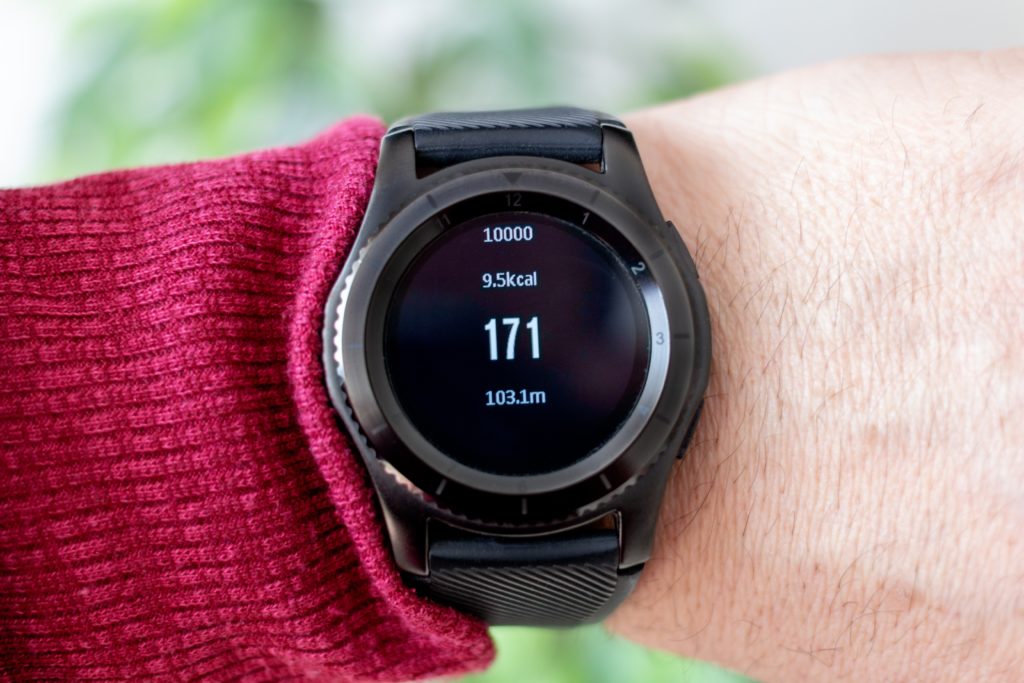Have you ever wondered about how we feel things? For example, think about how it feels to be in the kitchen making your favorite chocolate chip cookies — you smell the vanilla and chocolate, you hear the tick of the oven as it heats up, you see the mess of flour and dirty dishes, you taste that tiny smidge of cookie dough as you lick it off the spoon, and you feel the warm water as you run the dirty dishes under the faucet.
These sensations are all things of which we are vividly aware. But what’s actually happening? To start with, your brain communicates to your organs, and your organs to your brain — communicating what’s going on when, if there’s a problem, and when a reaction is necessary.
But there are all of these other, extraneous sensations we experience physiologically that impact our general state of being. This communication network is more sophisticated, more nuanced, and permits something, perhaps, far more valuable to us than our other 5 senses!
You can think of interoception like your 6th sense. In short, it’s the excitement you feel when smelling and baking the cookies, the way you feel moving it around in your mouth, and as it moves down your digestive tract. And if you’re really attuned, how that cookie feels in your stomach.
Interoception: The Nuance of “Common Sensation”
This sixth sense encompasses sensations like breathing, the beating of your heart, the need to go to the bathroom (yes, number one or two), sexual arousal, or even butterflies. These sensations, very different from our other five senses, were once fondly referred to as Gemeingefül, or “common sensation” by early German physiologists.
This afferent communication, meaning organ-to-brain communication, of “common sensation” is one of the critical drivers for our self-awareness, motivation, and realization of well-being.
While you may have experienced some of these common sensations yourself — any curious or scientific person may eagerly argue that lumping all of them into one designation is a bit, well, unsophisticated.
Importantly, these “common sensations” are not just phantoms of your imagination — they are actual perceptions of the physiology and cognitive functions known as interoception.

Interoception, coined by neurophysiologist Charles Sherrington in 1906, was best understood as the body’s way of checking in and ensuring homeostasis. In short, it is the awareness of visceral sensations that travel from sensory receptors, through the spinal cord, to the brainstem, and finally to the brain. These sensations can often inspire emotional or mental feedback.
Or, in Sherrington’s word’s, “a sense of the physiological condition of the entire body, translate[d] as ‘feelings’ from the body that provide a sense of [our] physical condition and underlie mood and emotional state. Emotional feelings are distinct from emotions, and they are mental experiences of body states”.
A Key To Survival, Wellbeing and Motivation
At its most basic level, interoception is key to our survival as humans. The communication from nerve receptors to the brain allows us to identify and react to a wide range of sensations that are essential to basic functioning. For example:
1. Feeling the sensation of the bladder filling, and identifying the need to use the bathroom.
2. Feeling the stomach begin to feel hungry and feeling your stomach rumble.
3. Feeling your energy level fall, signaling you to rest or get sleep.
4. Recognizing the need to regulate temperature internally — feeling the body warm-up, the need to find a shaded or cooler area, to drink water, or that your heart rate may be increasing. Similarly, the shiver you feel instructs you to put on that extra layer or move your body (e.g., rubbing your hands together) to create more heat.
5. Feeling the presence of possible danger or anxiety with an increase of respiratory rate, heart rate, and muscular tension.
All of these sensations are clear, everyday survival queues. Having a certain degree of this awareness is essential and is what enables you, in any given moment, to answer, “how do I feel?”
This heightened sensitivity can also grant us a more nuanced ability to discern when certain stimuli may cause a positive or negative reaction, such as a food making you feel good (versus less good) or a certain task or person that increases your heartbeat.
There have even been accounts of decreased prefrontal brain activity with heightened interoception – correlated with increased pain management!

Interoception can help us discern what may upset, or encourage “homeostasis” or at the more macro level, helps us choose things that help downregulate our nervous system.
Things that may encourage interoception include meditation, mindfulness (which has a most explicit interoceptive increase around breath activity), tai chi, acceptance and commitment therapy, dialectical-behavioral therapy, Feldenkrais, somatic experiencing, and so many others.
A Complicated Path to Inner-Awareness
But in some cases, for certain people, interoceptive abilities can come with complications.
For example, increased awareness of inner body sensations can severely exacerbate anxiety in someone with existing heightened interoceptive abilities. If someone is maladapted to receiving and processing these afferent messages, any small internal perception can lead to panic.
One common test that gauges interoceptive awareness is the counting of heartbeats — which, for instance, can absolutely be anxiety-inducing. “Is my heart rate speeding up because I’m counting it? Is it speeding up because of that extra cup of coffee I had earlier? I’m probably fine, or is it maybe a heart attack? I feel like my heart is beating faster than ordinary.”
As Lisa Feldman Barrett, a neuroscientist at Northeastern University, says, “You feel a tug in your chest, and your brain has to decide if it’s because you ate too much for dinner or if it’s the early sign of a heart attack.”
And those who struggle with chronic diseases like general anxiety, depression, or even gastrointestinal conditions may be at a higher risk for increased sensitivity — and fall victim to interoception’s enticing instigations as a result.
These conditions often demand a more acute sensitivity to bodily sensations, and knowing certain “signals” may mean danger, small signs of occurrence can quickly translate to panic.
In general, if there is already an inclination for reactivity with an upregulated nervous system, there is less room for reasoning or space for acknowledging more possibilities than those most dire.

Sensitivity That We are Only Just Getting Started
There is much we still don’t know about the subtlety of interoception. At its most pragmatic level, the application of interoception permits us to make choices to increase homeostasis and achieve our desired emotional and psychological stability.
But there is still so much we don’t know, and there are still so many opportunities for those maladapted to that sensitivity to fall victim to its anxiety-inducing elements.
Although some practices, like equanimity, may be helpful to encourage space between stimulus and reaction, there is little science to support their efficacy at this point.
The reality is that we are just beginning to explore the dynamic possibilities interoception holds for us — but it’s something that holds great promise the more we learn.
